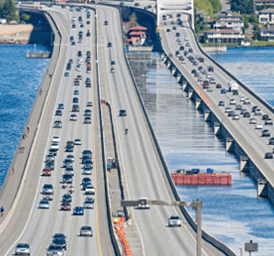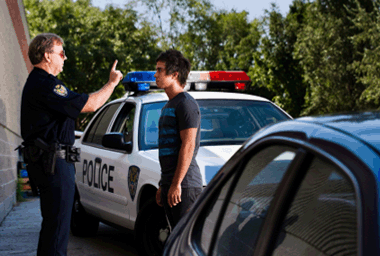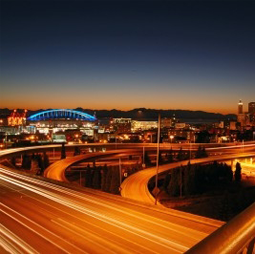Dec 31

Drivers on 520 Risk More Speeding Tickets
As 2011 comes to an end and the State of Washington has begun to charge motorists a toll for crossing the 520 Bridge, traffic has decreased by nearly 60 percent as 40,000 daily drivers avoid the toll, according to figures obtained by the Seattle Times. State officials with the Washington Department of Transportation tell us that with decreased traffic, the commute times between Bellevue and Seattle are much faster. What they won't tell you is that there is a very good chance that the police will issue more speeding tickets on 520 now that people have a greater opportunity to speed due to decreased traffic.
Don't believe it? On the first day of tolling, the first car to get tolled was traveling at 76 mph, according to data released by WSDOT. While this event occurred at 5:00 A.M. and the driver was apparently trying to beat the toll by seconds, the ability to speed without traffic is increased, even during peak hours. Officials claim that they don't share speed data with the Washington State Patrol. That would be illegal. Instead, officials share speed data with the WSP, the media, and everyone who will read about it! So much for WSDOT obeying the law. You probably won't see WSP enforcing any laws against WSDOT, but what you will see are WSP troopers pulling drivers over on 520 and issuing speeding tickets that threaten insurance premiums, people's driving privilege, and drivers' livelihoods.
Although WSDOT would like drivers to use 520 and pay the toll, the tolls will actually have the effect of rerouting traffic to I-90 for toll avoidance while creating an incentive to speed on 520. If a toll on 520 means less traffic there, and WSDOT is talking about a "faster" commute for those who choose 520, drivers will be able to step on the gas. However, drivers should know that WSDOT is not increasing the speed limit to compensate for less traffic on 520.
Also, no plans to reroute troopers who respond to traffic events on 520 have been reported, which means a smaller officer-to-vehicle ratio on 520 than prior to tolling. All other things staying constant, this means that a car on 520 that is speeding probably has a greater chance at getting pulled over on 520 than prior to tolling.
My prediction is that in 2012, Seattle area drivers will see a greater police emphasis on enforcing the speed laws on 520 than on I-90. Drivers using I-90 and crossing over Mercer Island to get to places such as Bellevue, I-405, and Issaquah might encounter more traffic, but probably fewer incidents of speeding tickets than on 520. Happy New Year!











